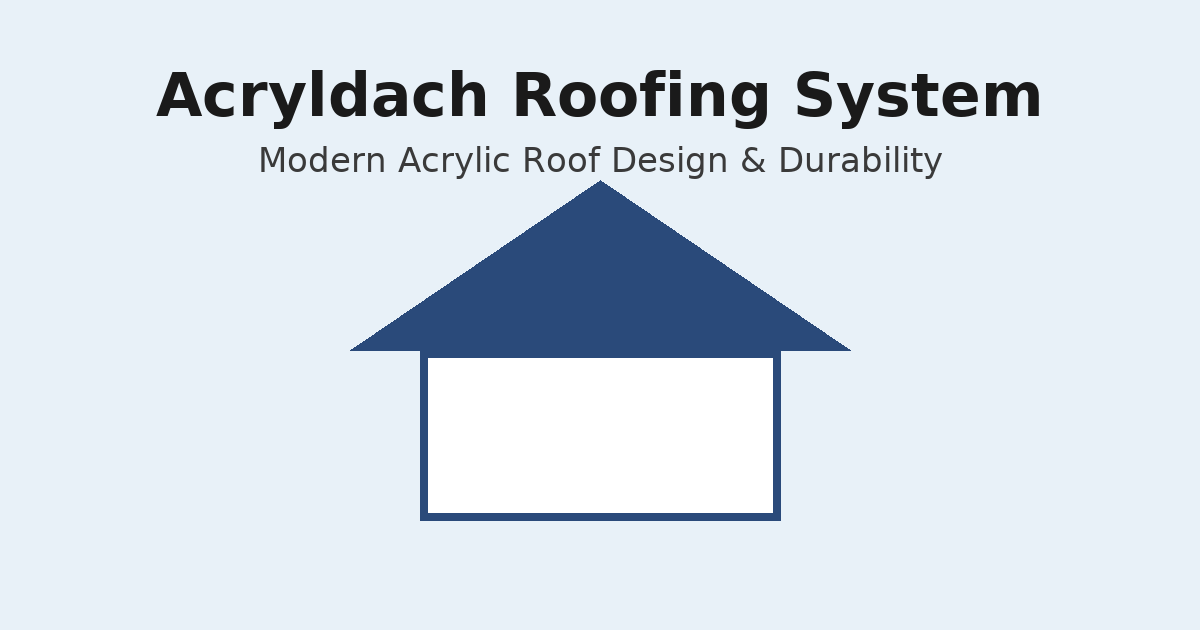Techniques and General Dental Implant Considerations
Dental implants have taken the lead as one of the most preferred permanent restorative dental procedures. For many adults, dental implants have become the go-to solution to address missing teeth problems. As more people continue to choose dental implants, the techniques and considerations continue to evolve to offer patients more advantages.
Dental implants are perhaps considered a favorite by Teach Dental Group because the procedure works around the common pitfalls associated with other restorative procedures.
You can also read: Is There a Cheap Alternative to Dental Implants?
The evolution of dental implants as a restorative procedure has been immense. Throughout history, the procedure has been reviewed, more recently, technological advancements have led to the expansion of the types of dental implants available. Today, patients can now take advantage of different types of dental implant procedures and techniques to address their dental needs.
The Different Types Of Dental Implants
All dental implants are designed to restore missing teeth. However, each of the different types of implants gets the job done in different ways. Based on the materials used, implant positioning, and brand, below are some of the common types of dental implants.
Endosteal Implants
Endosteal implants are designed to be placed directly on the jawbone. This type of implant is screw-like in appearance and is often made from biocompatible materials like titanium. Endosteal implants are one of the commonest implant options that are available to patients. For this procedure to work, the patient is required to have a good amount of jawbone and bone density. Patients whose jaw bone has shrunk over time may need to undergo a bone graft procedure to be eligible.
Subperiosteal Implants
This type of implant is often placed under the gums. Unlike the endosteal implants, this type isn’t screwed into the jawbone. This implant is best for patients who have low bone density and do not wish to undergo the bone grafting procedure.
A dentist will examine each patient carefully to determine which of the dental implant types is best for them. This decision can also be made based on the willingness of the patient to undergo additional procedures.
Types Of Dental Implant Materials
Dental implants may differ by the material from which they are made. The choice of material will impact the cost of the procedure as well as its healing time. Common materials used for dental implants include;
Titanium Implants
Titanium implants have been in use for a long time. This implant material has been tested in other parts of the body, including the hips and knees during replacement surgeries. Having provided excellent results over the years, titanium was drafted into the dental world for its ability to fuse with the human bone and offer the needed support. In addition to being biocompatible, it is lightweight. However, some patients may be unable to use this material due to allergic reactions or autoimmune diseases.
Zirconia Implants
This is a metal-free crystal material that is now making rounds in the dental world. Although not really new, it has taken over as a substitute for titanium implants. Zirconia is a one-piece construction and allows for a faster implantation process compared to the three-step titanium process. However, because of its relative newness, there isn’t much evidence to compare the durability of the implant material.
Dental implants may also be made from other materials like stainless steel, gold, and cobalt-chromium. The use of these other materials isn’t widespread and the success rate is usually low.
Dental Implant Techniques
Once an implant that works has been selected, different implantation techniques may be used by the dentist. Some of the common techniques include;
Traditional Implant Technique
This implant procedure usually starts with an endosteal implant that is made into three parts. The screw-like implant is installed first into the jaw bone of the patient and the gum is closed up for healing. An abutment or middle connector is thereafter attached on top of the implant to serve as a base for the dental crown. Once both procedures have healed, the dental crown is then added on to complete the restorative dental procedure. This process requires several dental appointments and spans over several months.
Alternative Techniques
Different alternative techniques require a shorter time and lesser procedures to be conducted. Some of the alternative procedures include;
Immediate Load Dental Implants
The dentist installs a temporary tooth over the implant as soon as it has been installed. Similar to the traditional process, it requires healing time, however, it offers temporary teeth to cover the affected area.
Mini Dental Implants
These are smaller in size and may be compared to a toothpick. This procedure is less invasive and is used to stabilize lower dentures. Mini dental implants may be recommended to patients who have lost most of their teeth and rely on dentures.
All-on-4 Implants
This is recommended to patients who have lost all or most of their upper or lower teeth. This procedure offers a full-mouth restoration procedure where four titanium posts are installed to hold the dentures in place.
In regard to this, consider reading: Where Is the Cheapest Place to Get Dental Work Done?
Follow Us
Latest Post
















